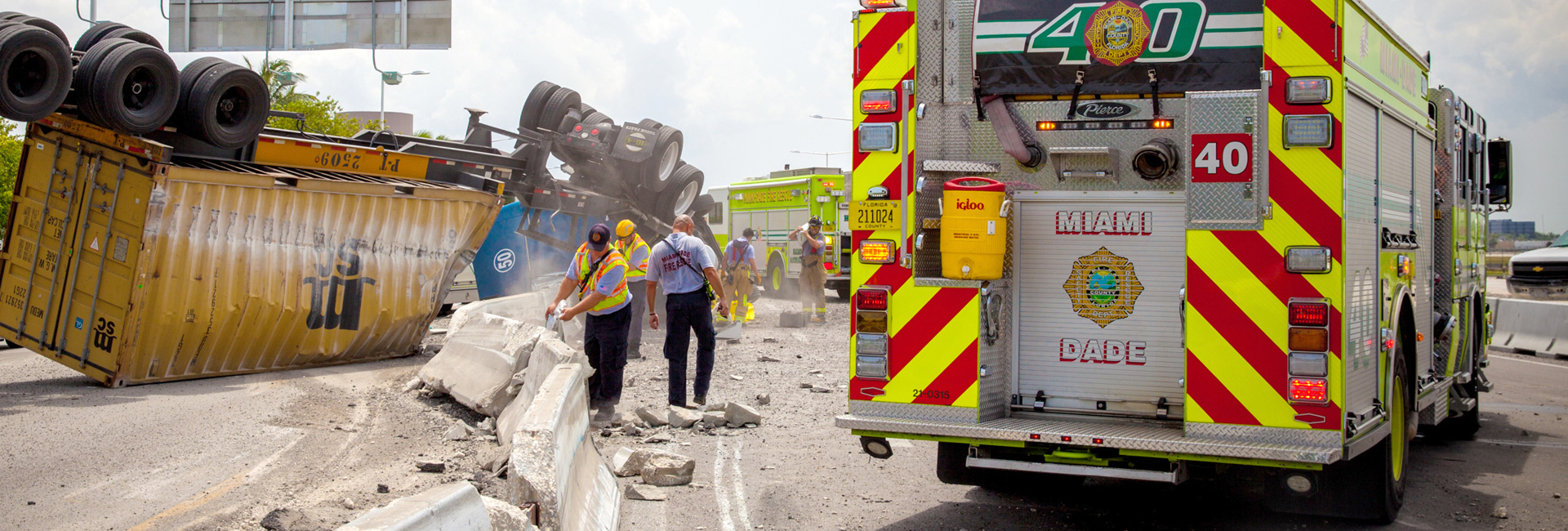Safety Tips: Low-Visibility Driving
Low visibility occurs when weather or environmental conditions make it difficult to see objects, lights, or other vehicles clearly. Fog, rain, snow, dust, smoke, haze, bright sunlight and darkness can all limit a driver's ability to judge distances, detect hazards and react in time to prevent accidents.
To stay safe in low-visibility conditions, follow these essential driving tips:
- Plan ahead. Check the weather forecast along your route before you leave
- Reduce your speed. Give yourself extra time to reach your destination and drive slower than usual
- Turn on low-beam headlights. This makes your vehicle more visible to others. Ensure your taillights are also on. Avoid using high beams in fog, as they reflect off the fog and worsen visibility
- Use turn signals early. Signal well in advance and brake gradually when approaching stops. Other drivers may have difficulty seeing your vehicle
- Increase your following distance. Allow extra space between you and the vehicle ahead if sudden stops are needed
- Stay alert at intersections. Be extra cautious when crossing traffic or approaching busy areas with limited visibility
- Use windshield wipers and defoggers. Keep your windshield clear to improve visibility
- Clean your headlights and windshield. Dirt and grime can create glare and make it even harder to see
- Find a safe place to stop in extreme conditions. If visibility drops to near zero, exit the road at the nearest safe location, such as a well-lit rest area
- Pull over as far as possible if stopping on the roadside is unavoidable. Turn on hazard lights to alert other drivers
- Be patient. If conditions are too dangerous, delay your trip until visibility improves
- Buckle up. Driving in adverse conditions increases the risk of an accident. According to the National Highway Traffic Safety Administration, wearing a seat belt reduces the chance of serious injury or death by about 50 percent
Staying alert and adjusting your driving habits to match conditions can help prevent accidents and keep you safe on the road.
Social Media Toolkit

Fire Rescue
Raied "Ray" Jadallah
R. David Paulison Fire Rescue Headquarters
9300 NW 41st Street,
Miami, FL 33178-2414
786-331-5000
